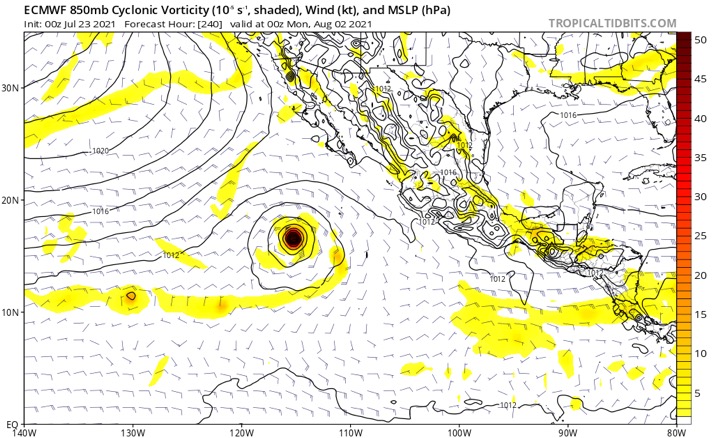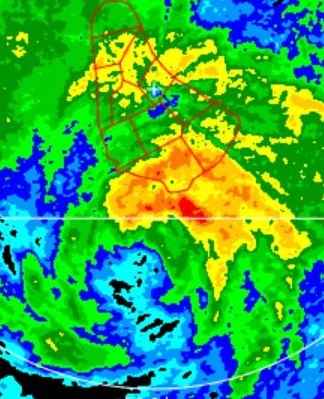


Based on the data at hand, major hurricanes in these years tended to cluster a) north of the Leeward Islands and just east of Florida; b) over the western Caribbean, the Yucatán Channel, and the eastern two-thirds of the Gulf of Mexico; and c) over and near Bermuda. It is interesting to note that the years aforementioned included some of the most notorious on record for coastal Georgia and the Carolinas: 1893, 1898, 1989, and 1996. The infamous year of 1938 is present, and 1934 also featured a hurricane impact on Long Island, NY. Besides 1893, the years 1894, 1909, 1916, 1917, 1974, and 2018 all featured MH impacts between the Mississippi River Delta and the Florida Panhandle. Besides 1909, the years 1910, 1921, and 1924 also featured late-season (M)H impacts that brought significant rainfall and storm surge to western Cuba, the west coast of peninsular Florida, and/or the Florida Keys. Overall, while most of the MH impacts occurred either on the Gulf Coast or along the East Coast north of peninsular FL, there were some notable exceptions: the 1947 Fort Lauderdale and 1949 Florida hurricanes. In particular, the 1947 hurricane crossed South Florida and entered the Gulf
en route to the MS River Delta of Louisiana. In Mississippi the 1947 hurricane produced some of the highest local storm tides observed prior to Camille (1969). The 1947 hurricane, along with a later hurricane in October, contributed to severe freshwater flooding across most of South-Central FL.















